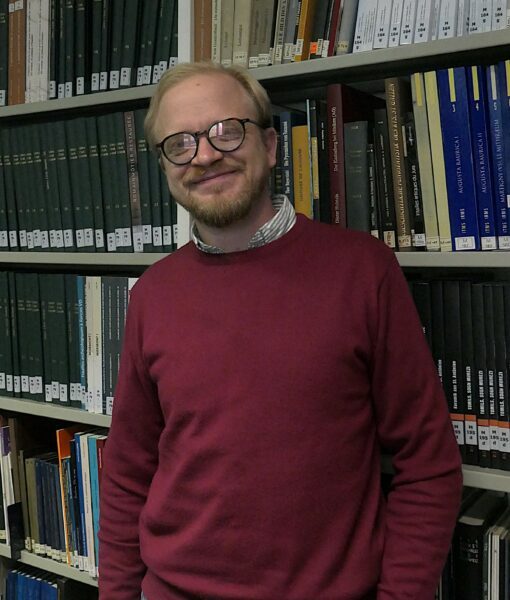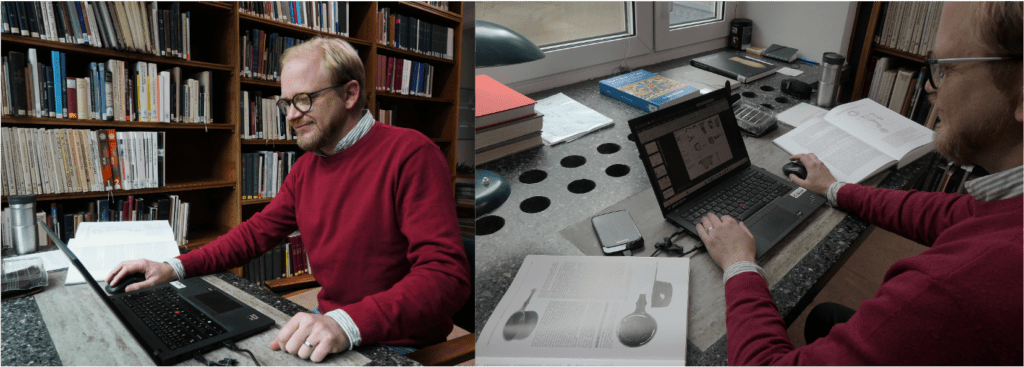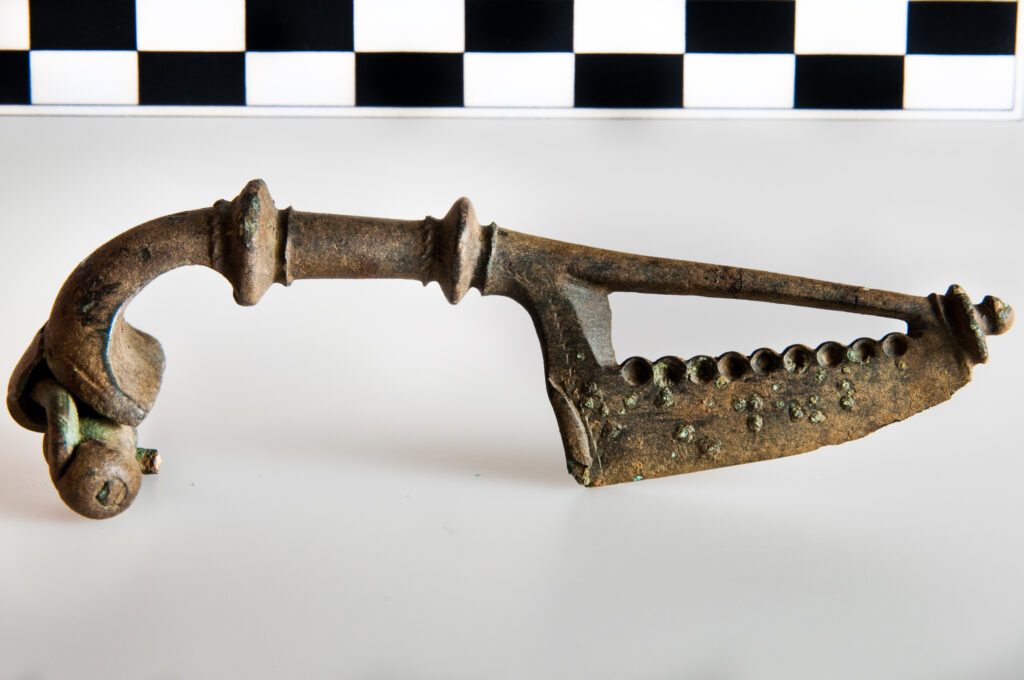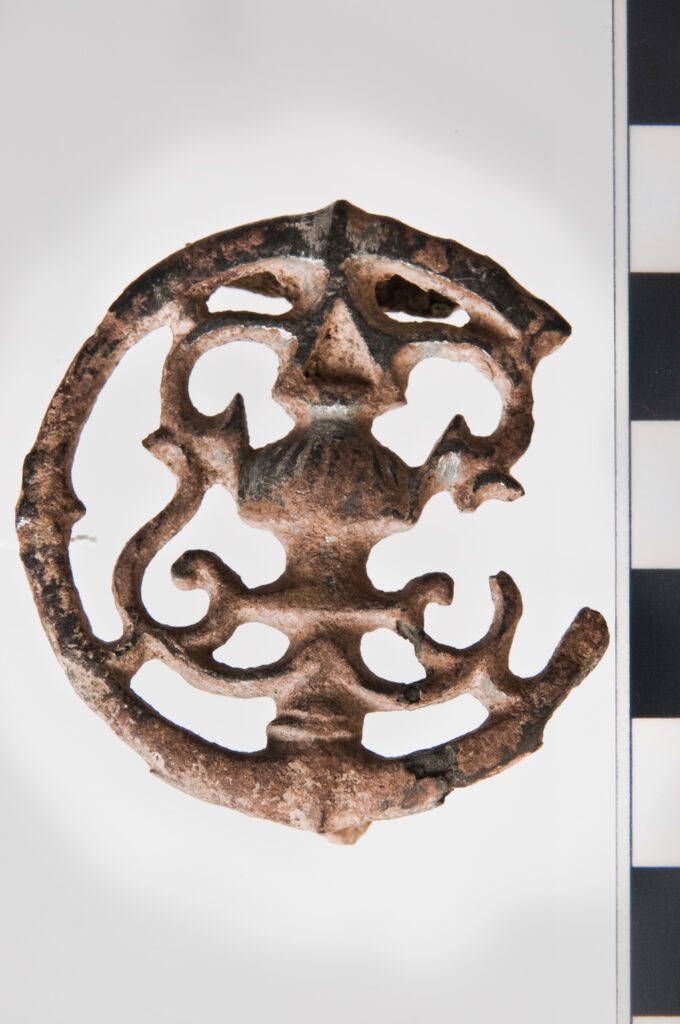
RGK: An International Hub for Archaeological Research
by Sina-Marie Hahn
The German Archaeological Institute (DAI) promotes young scholars, international exchange, and cooperation with partner institutions. Scholarship programmes, research support and extended research stays at its library the DAI supports researchers in their work, as well as specific independent, clearly defined projects. In 2025, three international researchers took up three month stays at the Romano-Germanic Commission (RGK), supported by an internal funding line aimed at enabling significant scientific contributions and promoting international scholarly exchange.

One of these researchers is Czech archaeologist Dr. Jan Jílek (Masaryk University / East Bohemian Museum). His research focuses on the Roman Iron Age and the interactions between Romans and the communities of the Central European Barbaricum. During his stay at the RGK, he aims to develop a Corpus of Roman finds from Eastern Bohemia, integrating both older and newly discovered objects to systematically analyse trade and contact networks beyond the Roman frontier.
The RGK provides ideal conditions for this work. Its extensive specialist library grants access to catalogues and journals from across Europe that are not available in the Czech Republic. Jílek also benefits from professional exchanges with international colleagues, as well as from the literature available to him, allowing him to incorporate new methodological approaches and literature from Great Britain, Scotland, and Scandinavia into his research.

His studies concentrate on Roman bronze vessels and small art objects. Alongside typological and stylistic analyses, his colleagues and he apply scientific techniques to investigate metal alloys and glass, and employ cultural anthropological approaches to interpret the significance of these objects in both the Barbaricum and the Roman Empire.



